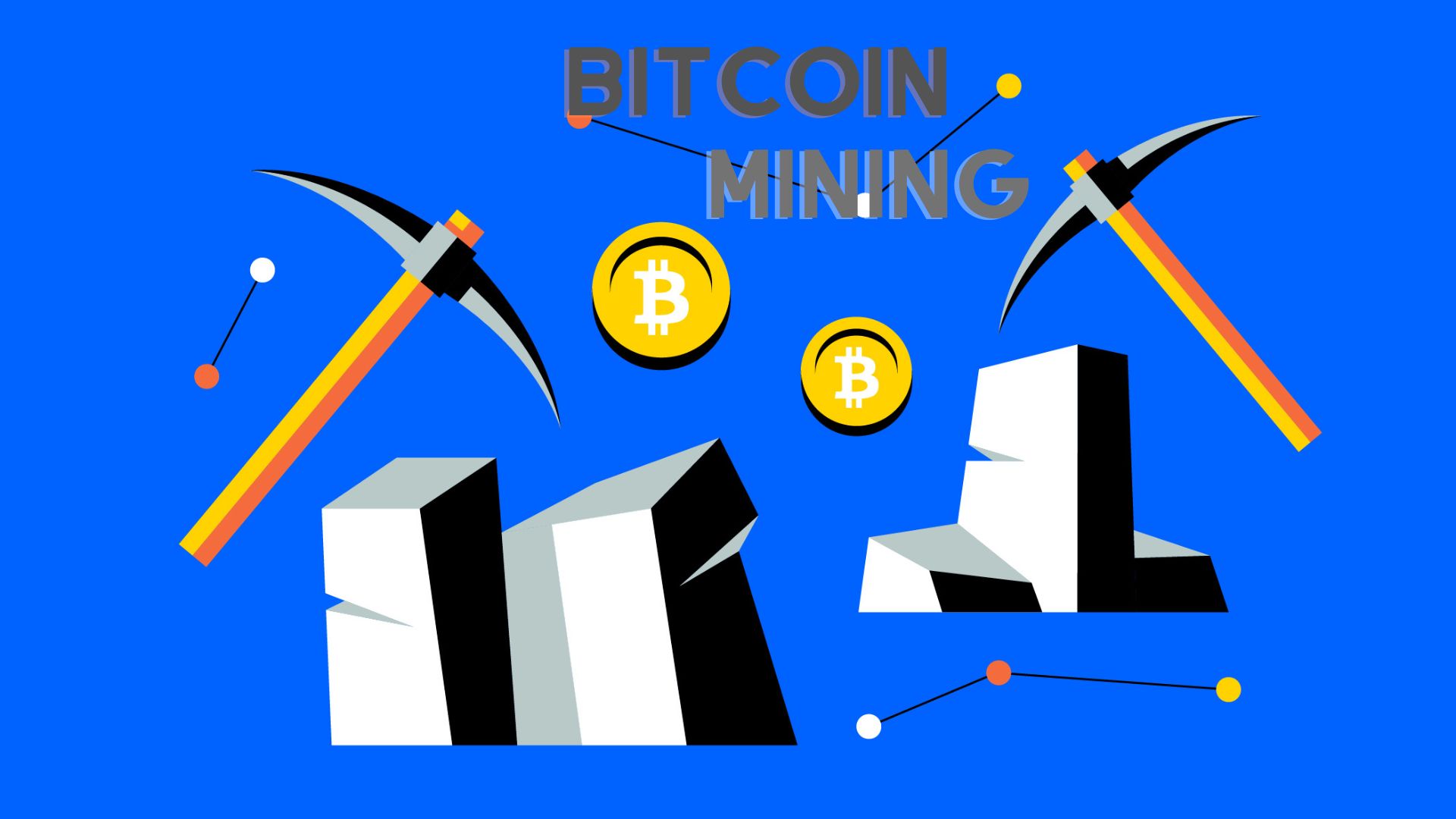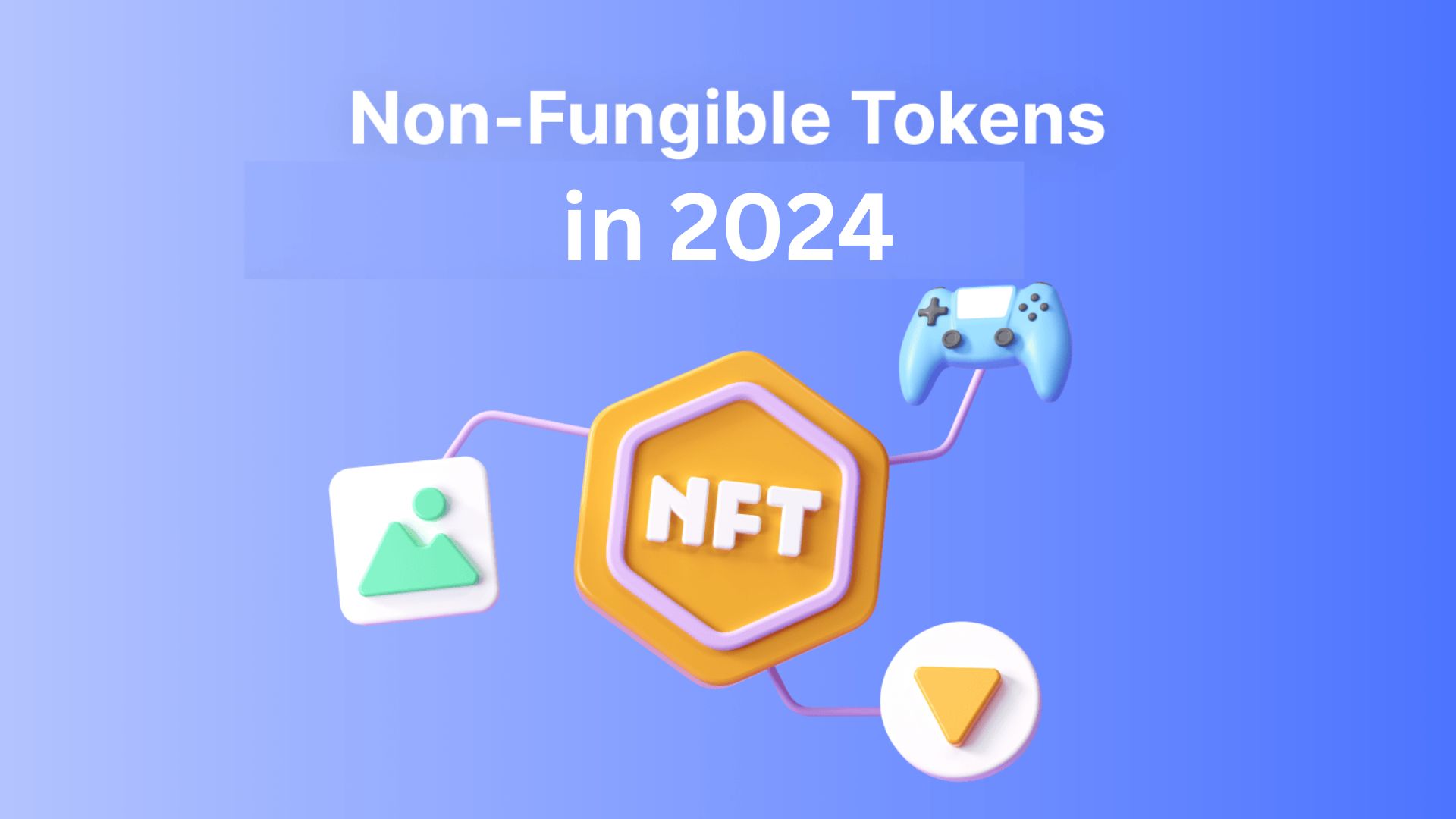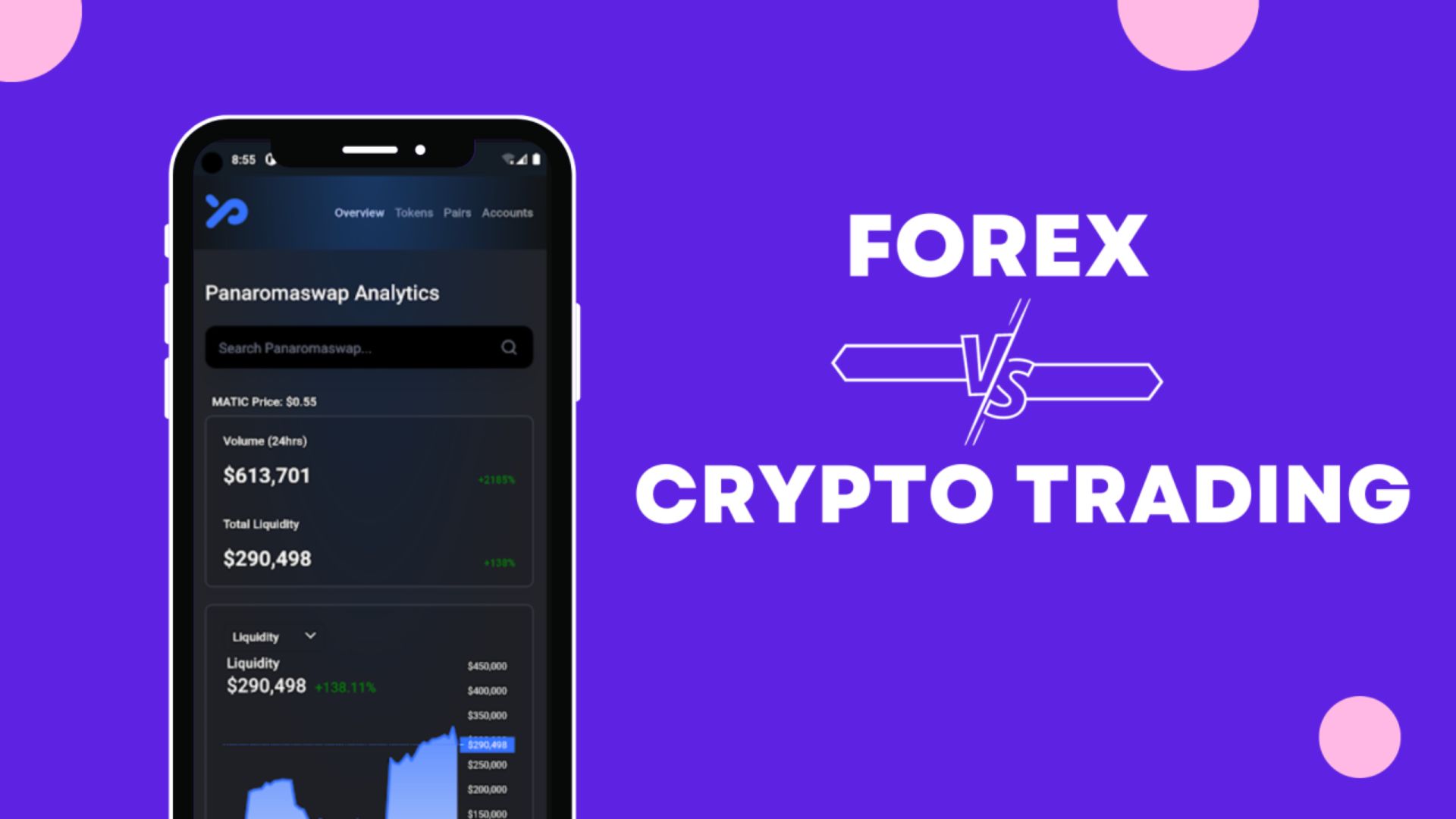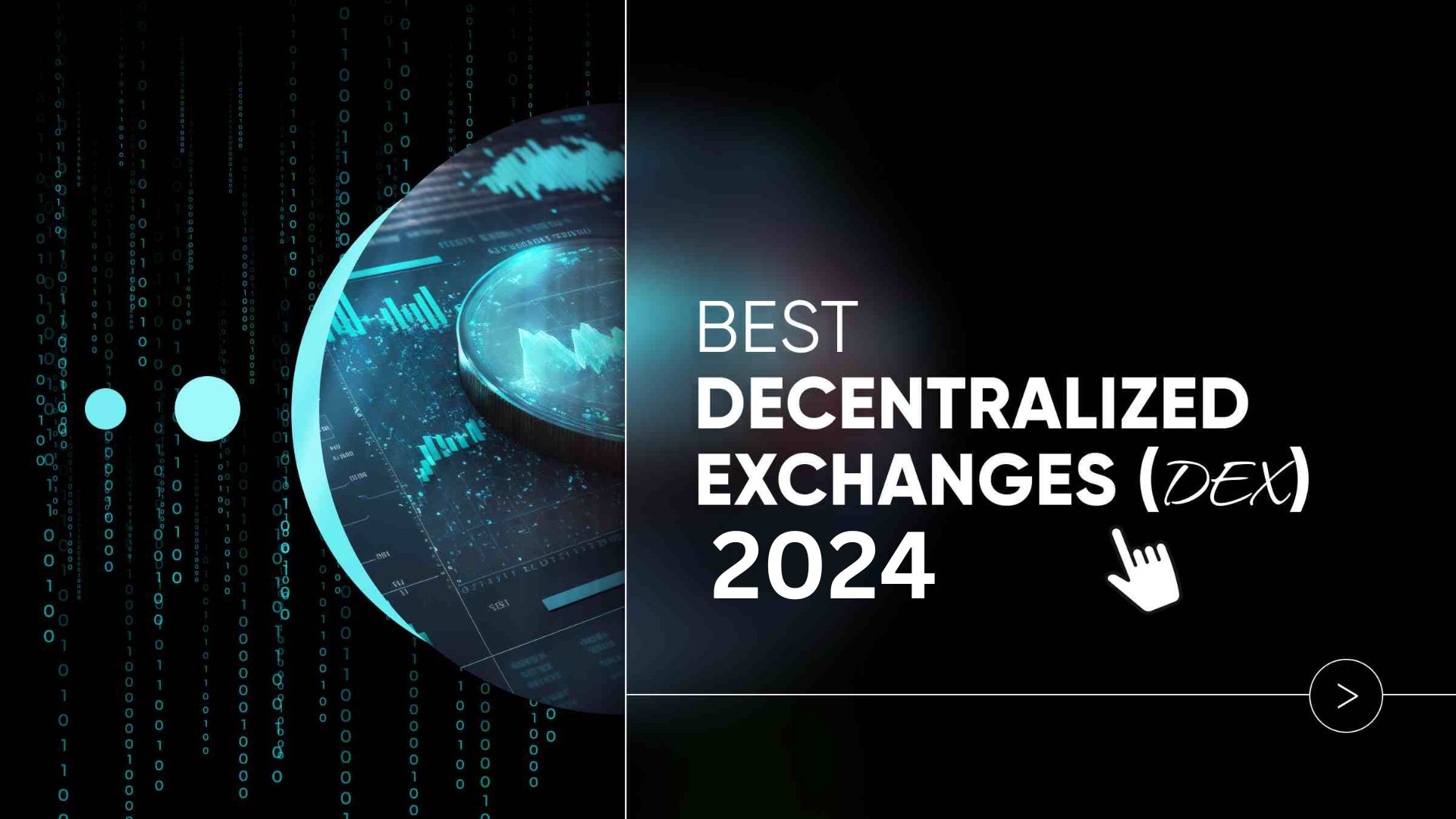Getting Started with Bitcoin Mining: A Beginner’s Guide in 2024

Getting Started with Bitcoin Mining: A Beginner’s Guide in 2024. “Mining” refers to the process of creating new blocks of valid Bitcoin code, which add records of transactions to the blockchain, the public ledger of Bitcoin. Because it prevents the “double-spend problem,” it is an essential part of the Bitcoin network. Convergence on a transaction history is required, which is known as the double-spend problem. By using public-key cryptography, it is mathematically possible to prove ownership of Bitcoin. Nevertheless, encryption cannot ensure that a certain coin has not been given to another party before.
An agreed-upon ordering, for instance, based on the time of creation of each transaction, is necessary to construct a shared history of transactions. Participants must have faith in the third party providing the external input because it is possible for them to influence it.
This article will go over the basics of crypto mining, including how it works, how much it costs, whether or not it’s illegal, and the many challenges that miners encounter.
How does Bitcoin mining work?

Mining, especially blockchain mining, employs financial incentives to sort data reliably. In a decentralized system, third parties order transactions and are financially rewarded for good behaviour. Assuming most people are honest, dishonesty drains finances. Bitcoin miners must spend a certain amount of energy producing a chain of mathematically validated blocks in the correct order. The approach relies on cryptographic hash math, a defined data encoding method. Hashes are one-way encryption, making it difficult or impossible to decrypt them to their original input data without exhaustively trying every possible combination. Bitcoin mining involves what?
Bitcoin miners examine through hashes at billions per second for one that meets “difficulty.” Both are incredibly large values represented in bits, so the hash must be less than the difficulty. Every 2016 Bitcoin block, or two weeks, the difficulty is adjusted to maintain the block time, which is the time it takes to mine each new block. Miners use the block header to create a unique hash for each block. The Merkle root and unique hash from the previous block are the most important. Merkle roots are aggregated hashes of all block transactions’ signatures.
This means that modifying one bit in a block would drastically affect its anticipated hash and all subsequent blocks’ hashes. Nodes would immediately reject this incorrect blockchain version to prevent network manipulation. The difficulty requirement requires Bitcoin miners to work hard to hash through all the combinations. Bitcoin’s consensus process is called “proof-of-work” to distinguish it from other block-creation methods. Bad actors can only compromise the network by replicating their mining power. Bitcoin would cost billions.
When can one Bitcoin be mined? Bitcoins take roughly 10 minutes to create, but only on strong CPUs. Hardware determines Bitcoin mining speed.
Why mine Bitcoin?
In many aspects, Bitcoin mining is comparable to mining for gold. Crypto mining (in Bitcoin’s case) is a computer
activity that mines fresh Bitcoin and keeps tabs on cryptocurrency ownership and transactions. Although it consumes a lot of energy, mining for Bitcoin and gold can yield substantial financial returns.
Thus, you can mine Bitcoin for rewards and profit. To pool their resources, several Bitcoin miners have formed mining pools. When miners band together, they increase their odds of winning awards and dividing up the riches. Furthermore, there is a membership fee that miners pay to join a mining pool.
Even if making money isn’t your main priority, mining Bitcoin could be fun if you like tinkering with computers and discovering new technologies. You can understand your computer and blockchain-based networks better, for instance, while configuring your Bitcoin miner.
Is Bitcoin mining worth it?
To determine the answer to the previous question, it would be wise to use online calculators to do a cost-benefit analysis and determine if it is worthwhile to mine Bitcoins. A cost-benefit analysis is a methodical way for organizations to figure out what to do and what to avoid.
Think about how much money you’re prepared to put into hardware, how tough it will be, and how much Bitcoin will be worth in the future before you commit. If you want to know if mining your desired crypto would be profitable, you need to look at its difficulty level.
As the price of Bitcoin drops and the difficulty of mining decreases, it becomes easier to acquire Bitcoin because fewer miners are competing to mine it. However, as the price of Bitcoin and the difficulty of mining increase, more miners will fight for a smaller pool of BTC.
Is Bitcoin mining legal?
Given the widespread adoption of Bitcoin in many jurisdictions, the answer is yes, Bitcoin mining is indeed legal. As an example, the Icelandic company Enigma launched one of the largest Bitcoin mining farms in the world.
Crypto mining is taxed at the corporate level in Israel because it is regarded as a business. However, crypto miners may be governed by the regulations that apply to money transmitters because they are deemed such by the United States’ Financial Crimes Enforcement Network (FinCEN).
A new “Bitcoin city” shaped like a coin would also be constructed close to the Conchagua volcano’s base, as President Nayib Bukele of El Salvador declared in November 2021. All over the city, geothermal energy will be used to fuel Bitcoin mining. With the assistance of crypto infrastructure provider Blockstream, El Salvador will raise one billion dollars through a “Bitcoin bond” to start building the metropolis.
Several countries have outright banned Bitcoin mining, including Pakistan, Bolivia, Algeria, Russia, Nepal, and Egypt. To be sure that Bitcoin mining is legal where you are, you should research the regulations in your area.
How are Bitcoin miners paid?
By rewarding miners with Bitcoin, as they create new blocks, the network shows its appreciation for the labour they do. New Bitcoin is created with each block, and users pay fees to transact on the network. These are the two kinds of rewards. But what is the average income of a miner?
The bulk of miners’ income comes from the 6.25 BTC block reward of newly created Bitcoin as of May 2020. To ensure the network’s security, this value is programmed to half at fixed intervals of about four years. At the end of that time, only transaction fees will guarantee Bitcoin’s worth.
There will be 80,000 Bitcoins remaining out of a total of 21 million by 2040, and the block reward will have dropped to less than 0.2 BTC. Mining will essentially come to a close after 2140, as the last Bitcoin is gradually mined.
How to choose hardware for Bitcoin mining?
In case you’ve ever wondered how it would be possible to mine Bitcoin, you should know that the sole way to do so is to get Bitcoin mining equipment, also known as an ASIC (Application-Specific Integrated Circuit). These gadgets are incredibly efficient Bitcoin miners, but that’s about it. Their groundbreaking efficiency rendered all previous forms of computing mining hardware practically obsolete upon their release in 2013 or thereabouts. You should investigate alternative coins if you want to mine using mainstream CPUs, GPUs, or even more sophisticated FPGAs. These machines can mine Bitcoin, but they’re so inefficient that it’s not worth it to use them.
Just to give you an idea, the top graphics card on the market right before ASICs came out was the AMD 7970, which could generate 800 million hashes per second. The typical ASIC now generates 100 trillion hashes/second, a difference of 125,000. Hashing speed, or the amount of hashes generated per second, is a crucial metric for evaluating the efficiency of mining hardware. Before you buy Bitcoin mining hardware, think about these two things. One is the power consumption, which is expressed as watts. If two devices can generate the same amount of hashes, the one with the lower electricity consumption will have a greater financial advantage.
The price per unit of device is the third metric. If it takes ten years for the mining to pay for itself, having the world’s most energy-efficient ASIC is useless.
Quite a few ASIC makers have emerged in the Bitcoin environment, and they frequently disagree on these three points. Some may build cheaper, lower-performing hardware, while others may make more efficient but more costly ASICs. You should be familiar with the other aspects impacting Bitcoin mining income before deciding which device is ideal for your needs.
The economics of mining Bitcoin
Like the real estate business, Bitcoin mining is all about location, location, location. Different places in the world will have a different average price of electricity. Residential electricity in many developed countries is often far too expensive for mining to be financially viable. With the price of electricity often ranging between $0.15 and $0.25 per kilowatt-hour, Bitcoin mining in residential areas runs too high a bill to remain profitable.
Professional Bitcoin miners will often place their operations in regions where electricity is very cheap. Some of these include the Sichuan region in China, Iceland, the Irkutsk region in Russia, as well as some areas in the United States and Canada. These regions will usually have some form of cheap local electricity generation such as hydroelectric dams.
The prices enjoyed by these Bitcoin miners will often be below $0.06 per KWh, which is usually low enough to turn a profit even during market downturns. In general, prices below $0.10 are recommended to maintain a resilient operation. Finding the right location for mining is largely dictated by one’s circumstances. People living in developing countries may not need to go further than their own homes, while those in developed countries are likely to have higher barriers to entry.
Is Bitcoin mining profitable?
A miner’s earnings are highly sensitive to market circumstances and the number of other miners, in addition to the gear they use. The BTC they mine may be worth more in dollar terms during bull markets when the price of Bitcoin soars.
But other Bitcoin miners notice the higher income and buy more devices to get into the revenue stream, so positive inflows from bull markets are cancelled out. The end effect is that mining output per miner is lower than it was previously. When the revenue reaches a certain level, inefficient miners will turn off their equipment since their earnings are less than their electricity costs. This will allow more efficient miners to earn more Bitcoin. This typically takes some time to occur. Sometimes the production of ASICs isn’t fast enough to offset the increase in Bitcoin price, therefore there’s a lag.
In a bad market, the inverse is true: Income is low until miners collectively switch off their devices. Existing Bitcoin miners need to discover a winning combination of hardware and location if they don’t want to be surpassed. Because newer, more efficient technology might eat into the revenues of older miners. They need to continually spend and maintain their capital.
Comparison of mining hardware profitability
One of the many online calculators on Nicehash, CryptoCompare, or AsicMinerValue can help you determine if a mining gear is lucrative. You can also manually estimate profit using this formula: Most calculators utilize this calculation, which is your dollar-based share of the network’s total issuance divided by the hash rate. Since a Bitcoin block takes 10 minutes to mine, six blocks are mined in an hour and 144 in a day. Data sources like Blockchain.com and Coinmetrics may have the criteria.
Profit is also calculated by subtracting power costs. This is straightforward simply multiplying the device’s power use by 24 hours. The electricity price per kilowatt hour, as kilowatts and kWh, are equivalent. The table below illustrates the market share of the most popular ASICs and their payback periods, or how long an investment would take to become profitable depending on sales. Remember that Bitcoin miners’ profits vary over time, so don’t generalize from one day. Regardless, it’s a fantastic tool to compare gadget performance.
The table demonstrates that no ASIC profits at $0.20/KWh. In areas with cheap electricity, older ASICs may be appealing, but each new generation performs similarly.
Due to its low electricity prices and low energy efficiency, the Canaan AvalonMiner 1066 is still competitive despite its age. Bitmain S17 Pro, a previous-generation ASIC, is competitive when the reference power price rate drops, but it loses attraction when it rises. Mining equipment feels most balanced with MicroBT.
Finally, this table’s statistics were collecting during a bull market. Although profits are above average, the 2020 Bitcoin halving may mitigate the impact with less issuance.
Buying and setting up the hardware
You can buy ASICs from some stores, and you can even buy them directly from select manufacturers. An ASIC can still be purchased by anyone at a reasonable price. Even if they are more difficult to get than regular graphics cards. Buyers should be aware that they may be subject to substantial import duties if they purchase mining equipment from overseas producers or stores.
You might have to buy a power supply unit separately from some ASICs, depending on the store or manufacturer. Although they may need some tweaking, you can use power supply units (PSUs) designed for servers or gaming PCs, or even buy one of the many units sold by ASIC makers.
ASICs are internet-connected devices that can only be set up via a web browser and a local IP address, much like a home router. An ethernet cable is required for this.
A mining pool’s account setup process is a prerequisite to the rest of the process; once completed. The pool will supply you with the specifics you need to establish a connection to its servers. Input the connection endpoints and account details for the pool into the ASIC’s web panel. The mining process will then commence, and Bitcoin will be generated.
If you want to ensure a steady stream of profits from your mining hardware. It’s best to join an existing pool. Your device will still be paid for its mining contribution even if it doesn’t always locate the correct hash to build a block.
Considerations and risks of Bitcoin mining
The technical hazards of maintaining high-power devices like ASICs come on top of the financial risks of losing money. To keep mining equipment from overheating and breaking components, adequate ventilation is necessary. One application-specific integrated circuit (ASIC) is probably the most powerful device you have at home or the workplace. And it dissipates all of the electricity it consumes as heat into its environment.
That implies you should think about the limitations of your power grid thoroughly before mining Bitcoin. Every electrical outlet in your house has its rating, and the entire electrical system has a maximum capacity. Going overboard could lead to electrical fires or frequent outages. Before you set up your Bitcoin mining hardware, you should ask an expert for advice.





